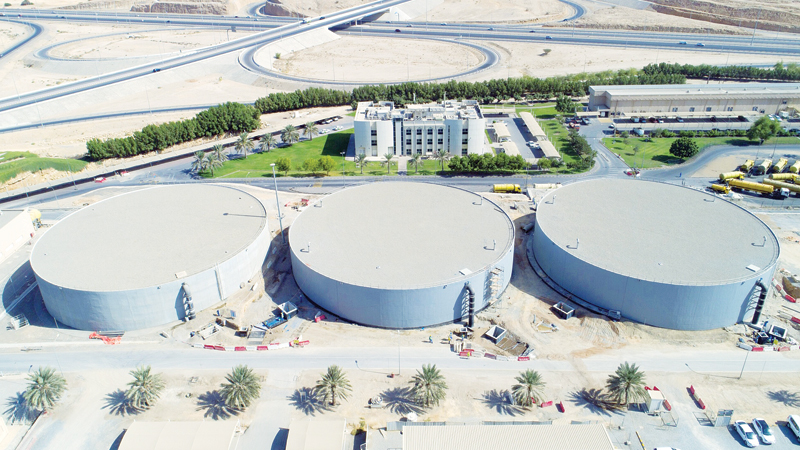

The Sultanate has pledged investments to the tune of around $7 billion in the further development of a countrywide wastewater treatment, recycling and reuse infrastructure system over the next two decades as part of Oman’s commitment to ensuring sustainable freshwater availability and supply over the long term.
Wastewater treatment and reuse are part of a raft of water-related strategies rolled out by the Omani government in recent years in support of its commitment to achieving the Sustainable Development Goal 6 (SDG6) — one of 17 global goals set by the United Nations General Assembly in 2015 for the year 2030.
Last month, the Sultanate, represented by the Supreme Council for Planning (SCP), presented its maiden Voluntary National Review (VNR) at a UN forum, highlighting the nation’s plans and efforts to implement the Sustainable Development Goals (SDG) by the year 2030.
SDG6 enshrines a pledge to ensure availability and sustainable management of water and sanitation for the national population by the year 2030.
“Great attention was devoted to water resources in the Sultanate since the start of the modern Renaissance in the early 1970s, considering the country’s dependence on groundwater and rain, mainly due to its geographical location and climate. Oman has made significant progress in this regard, with 98.7 per cent of the population benefiting from safe drinking water services in 2016,” said the Supreme Council for Planning (SCP) in a backgrounder on its vision to achieve SDG6 objectives.
Central to this strategy are continuing investments in water desalination capacity, which accounts for over 86 per cent of the total drinking water needs of the Sultanate, according to the SCP report. Desalinated water output soared from 196 million cubic metres in 2011 to 311 million cubic metres by the end of 2018. The balance 14 per cent came primarily from groundwater resources.
At the same time, the government is ramping up investments in wastewater treatment and reuse capacity. Modern sewerage collection and disposal infrastructure covers more than 98 per cent of the urban population, and roughly 97 per cent of rural communities as of 2018. The nation’s network of 68 sewage treatment plants (STPs) currently produce around 94 million m3/year of tertiary treated wastewater, with about 61 per cent of this volume channelled towards agriculture, aesthetic afforestation, and injection in costal aquifers.
“Through the National Strategy for the Use of Tertiary-treated Wastewater 2040, Oman seeks to expand the construction of sewage treatment plants and extend sewage network lines at a cost of $7 billion, averaging $381 million per year,” the report stated.
It noted in this regard the importance of wastewater treatment and reuse in reducing groundwater pollution while also boosting the level of recycling and reuse as a growing source of non-traditional water. This resource, potentially totalling more than 1 million m3/day, can be used to mitigate possible water scarcity by 2040, the Supreme Council for Planning stressed.
“In view of the current water shortage pressure estimated at about 128 per cent, the Sultanate seeks to ensure sustainable freshwater availability and supply by 2030 by balancing supply and demand and expanding the use of non-conventional water resources (treated wastewater) currently used to replenish some coastal aquifers. Furthermore, by implementing water demand management (WDM) policies and changing cropping patterns and traditional irrigation systems, Oman aims to increase current water use efficiency, estimated at around $47/m3 in 2018, with a focus on the agriculture sector, which is the largest water-consumer, accounting for 83 per cent of total uses,” it added.
Oman Observer is now on the WhatsApp channel. Click here



